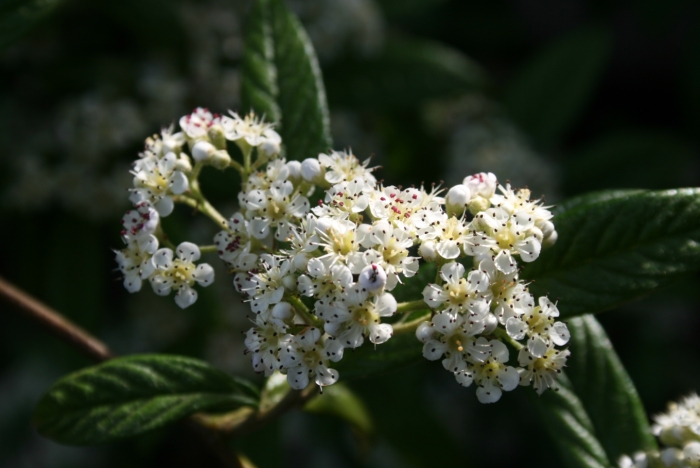Willow-Leaved Cotoneaster
(Cotoneaster salicifolius)
Willow-Leaved Cotoneaster (Cotoneaster salicifolius)
/
/

Sten Porse
CC BY-SA 3.0
























Estimated Native Range
Summary
Willow-leaved Cotoneaster is valued for its drought tolerance, making it suitable for xeriscaping. Its dense growth habit and attractive berries make it a popular choice for hedges, screens, bank covers, and as a focal point in garden settings. It thrives in part shade to full sun and prefers well-drained soils, though it tolerates a range of soil types. It is also used for erosion control on slopes. While generally low-maintenance, it can be susceptible to fire blight and can become invasive in some regions, outcompeting native vegetation. Gardeners should check local guidelines before planting to prevent ecological issues.CC BY-SA 4.0
Plant Description
- Plant Type: Shrub
- Height: 2-3 feet
- Width: 15-8 feet
- Growth Rate: Rapid
- Flower Color: White
- Flowering Season: Spring
- Leaf Retention: Evergreen
Growth Requirements
- Sun: Part Shade, Full Sun
- Water: Medium
- Drainage: Medium
Common Uses
Bank Stabilization, Bee Garden, Bird Garden, Border Plant, Butterfly Garden, Deer Resistant, Drought Tolerant, Groundcover, Hedges, Hummingbird Garden, Low Maintenance, Rabbit Resistant, Rock Garden, Salt Tolerant, Showy Flowers, Street Planting
Natural Habitat
Rocky hillsides, scrub, and mixed forests in western China
Other Names
Common Names: Willow-Leaf Cotoneaster, Willow-Leaved Cotoneaster, Weidenblatt- Zwergmispel, Cotonéaster À Feuilles De Saule, Wilgbladige Cotoneaster, Wilgbladige Mispel, Videoxbär, Weidenblättrige Zwergmispel
Scientific Names: , Cotoneaster salicifolius, Cotoneaster frigidus, Cotoneaster rugosus var. pritzellii, Cotoneaster pritzellii, Cotoneaster sargentii, Pyrus pritzellii, Pyrus sargentaster,
GBIF Accepted Name: Cotoneaster salicifolius Franch.